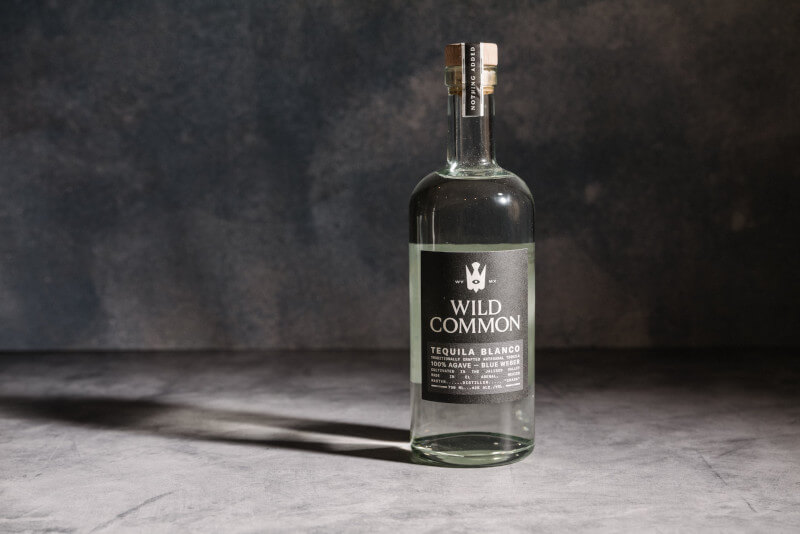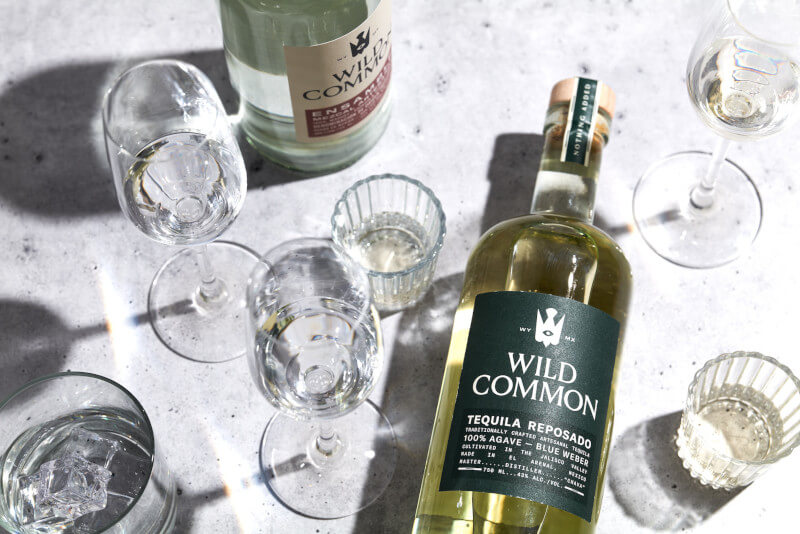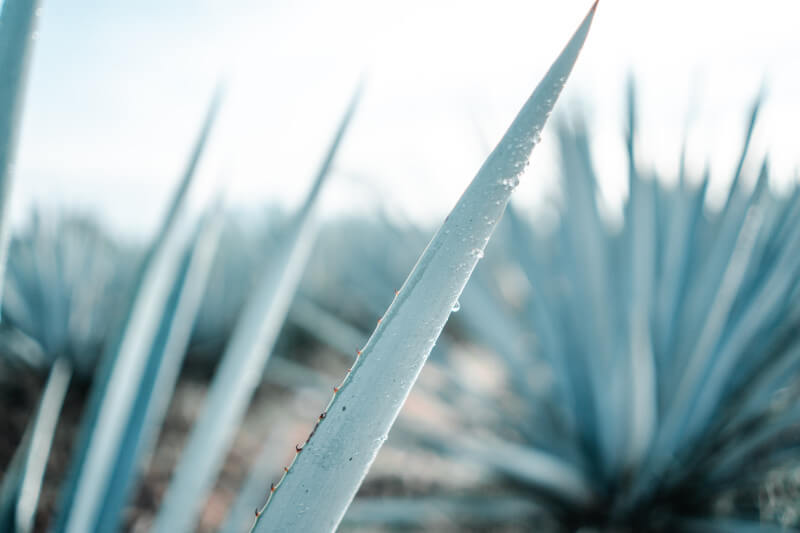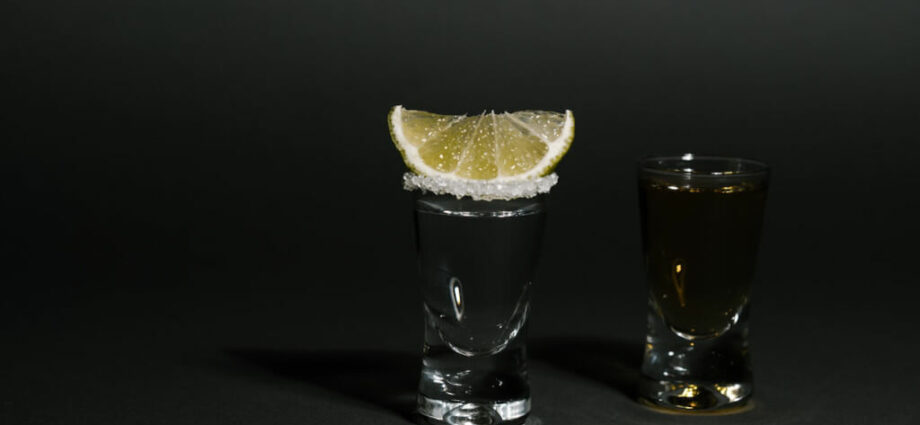Tequila stands tall as one of the most appreciated and consumed spirits worldwide, trailing just behind vodka. With its origins deeply rooted in Mexican culture, tracing as far back as the 16th century, it has experienced a rich and diverse history, gradually permeating global markets from the 18th century onwards. Its global acclaim saw unprecedented heights, even surpassing vodka as the second most consumed alcoholic beverage. At the helm of this iconic alcohol category are two variants—Gold and Silver Tequila. In this detailed guide, we delve into the intricate facets that define these variants, setting them apart yet binding them in a rich tradition and craftsmanship that is quintessentially Mexican.
Gold and Silver Tequila
When pitted against each other, one might hastily attribute a higher status to Gold Tequila, guided perhaps by the Olympic symbolism where gold trumps silver. However, this rivalry, just like the one in athletics, is one of equals, where both variants bring their unique characteristics to the table, fostering a rich tradition and culinary repertoire that is unparalleled. Let us venture into the landscapes of Mexico, where the blue agave plant nurtures this rich tradition that has traversed centuries.
The Genesis From Blue Agave to Bottle
Silver Tequila

The life of silver Tequila begins at the harvest of the blue agave plant, where the giant prickly leaves give way to the “piña,” the core that is rich in sugars. The next stage involves baking this core in brick or steel furnaces to extract the sugars which then undergo fermentation through a combination with water and yeast. The resultant mash then heads for distillation to condense and purify the spirit. Some silver tequilas might find a home in stainless steel tanks for a period ranging from a few weeks to months. It is essential to note that the truest representation of this variant comes unaged, bottled right after distillation, offering an authentic experience of Tequila.
Gold Tequila

The genesis of gold Tequila shares its initial harvesting phases with its silver counterpart. However, it branches out into two diverse paths. One sees the incorporation of additives like coloring agents or other spirits before the fermentation process, offering a richer hue and altered flavor profile. The other path involves blending silver Tequila with aged variants like reposado or añejo, creating a concoction that balances the youthful zest of silver with the mature notes of aged Tequila.
Blue Agave is The Key To These Tequilas

A striking commonality between both variants is the foundational material – the blue agave plant. This succulent, native to Mexico, flourishes in high altitudes with sandy soils, boasting tall, spiny, bluish-green leaves. While both variants primarily consist of agave, gold Tequila sometimes invites other spirits or caramel coloring into its composition to impart a feeling of age and a distinctive hue.
Chromatic and Alcoholic Spectrum
In the world of Tequila, the colors and aging periods play a vital role. While silver Tequila remains transparent, the color palette expands with the gold variant, potentially presenting a spectrum that goes from a golden hue to a deep amber as it incorporates aged Tequila.
When it comes to the palate, Silver Tequila, given its lesser or nil aging period, presents a vibrant, possibly harsher profile compared to its more mature counterparts. This variant, also labeled as Blanco or white Tequila, finds appreciation amongst those seeking a robust and pure expression of Tequila.
As we step into the domain of gold Tequila, we meet a hybrid entity, a mélange of various spirits and aged Tequila, offering a layered and complex flavor profile, offering a richer and deeper exploration of tastes and experiences.
Bottling Varieties: Sizes and Price Points
| The Component | Details |
|---|---|
| Bottle Sizes | – 50 ml (miniature, standard in hotels and flights) |
| – 375 ml | |
| – 750 ml | |
| – 1.75 liters (large) | |
| Price Points | – Jose Cuervo (750 ml): Around $20 |
| – Two Fingers (750 ml): Around $20 | |
| – Patrón Silver (Premium): $40 to $50 range | |
| – Don Julio Blanco (Premium): $40 to $50 range | |
| Alcohol Content | – Standard: 80 proof or 40% alcohol by volume |
| – Limited Editions: 90 to 100 proof |
This delineates vital aspects pertinent to consumers seeking to make informed decisions in the ever-riveting gold and silver tequila market. A pivotal factor influencing consumer preferences could be the array of bottle sizes available, which spans from the miniature 50 ml offerings, commonplace in hotels and on flights, to the grand 1.75-liter variants. The market ingeniously accommodates varying demands, be it for single servings or for parties and gatherings, with sizes such as 375 ml and 750 ml presenting themselves as middle-ground options.
The pricing strategy adopted in this market serves to cater to a broad spectrum of consumers. On one end, brands like Jose Cuervo and Two Fingers avail 750 ml bottles at an approachable price point of around $20, inviting new consumers to sample the rich legacy of tequila without significant financial commitments. Contrastingly, for those with a penchant for the premium spectrum, offerings from Patrón Silver and Don Julio Blanco stand ready with selections in the $40 to $50 range, promising a richer, deeper experience aligned with the discerning preferences of premium spirit consumers.
The alcohol content presented in the range of tequila products grants consumers the liberty to choose as per their taste and tolerance levels. With a standard alcohol volume of 40 percent, categorized as 80 proof, a well-balanced interaction of flavor and alcohol content is achieved, a parameter that maintains a broad appeal. For consumers leaning towards stronger options, a selective array of products stands tall with a potent 90 to 100-proof alcohol volume, catering to those seeking a robust and powerful tequila experience.
Alternatives for a Spirited Experience
It’s important to consider alternatives that align with the unique profile these beverages offer. We would therefore like to turn your attention to vodka and white rum as viable alternatives to tequila, owing to their versatility in mixing and flavor profile.
Vodka, characterized by its neutral profile and pure spirit essence, stands as a considerable option for those seeking a canvas for a broad spectrum of cocktails, allowing for seamless integration in mixology pursuits without overpowering other ingredients. Its prevalence and diverse range of offerings in the market indicate its reliability as a staple in many households’ liquor cabinets.
On the other hand, white rum introduces a slightly sweet yet robust character to cocktails and can be enjoyed neat, paralleling the diverse utility observed in both gold and silver tequila. Its distilled essence from sugarcane grants it a smooth texture, making it a commendable candidate for sipping and savoring the nuanced flavors, quite akin to the experiences treasured while indulging in quality tequila.
It is critical to note that both vodka and white rum offer avenues for exploration in terms of flavor profiles and mixing potentials, much like their tequila counterparts. Vodka, often available in a range of infusions and flavor additions, can cater to an array of taste preferences, allowing consumers to tailor their choices to fit specific palate preferences. Simultaneously, white rum, with its slightly pronounced sweetness, can elevate cocktails to a pleasant resonance of flavors, opening doors to a riveting gastronomic experience.
In deliberating between these alternatives, the discerning consumer would do well to consider the specific attributes they appreciate in a gold or silver tequila, be it the rich complexity, the smooth finish, or the potential for crafting refreshing cocktails. The robust landscapes of vodka and white rum offerings stand ready to meet these preferences with a wide variety of options that mirror the diversity observed in the tequila market, promising experiences that are both familiar and refreshingly new.
These Tequilas Both Have Tradition Behind Them
If one were to trace the ancestral lines, silver Tequila, owing to its unaged nature, would stand as the elder of the two, a pristine representation of Tequila in its purest form. However, when it comes to a fan following, silver Tequila takes the lead, thanks to its rich and nuanced flavor profile, courtesy of the blends it incorporates.
When it comes to Gold versus Silver Tequila, the victor remains elusive, a testament to the rich tradition and craftsmanship that has spanned centuries, offering tequila lovers, such as yourself, a vibrant palate of experiences, unified yet diverse. The choice boils down to individual preferences, where one seeks a robust, spirited experience with silver or a layered, mature exploration with gold.

